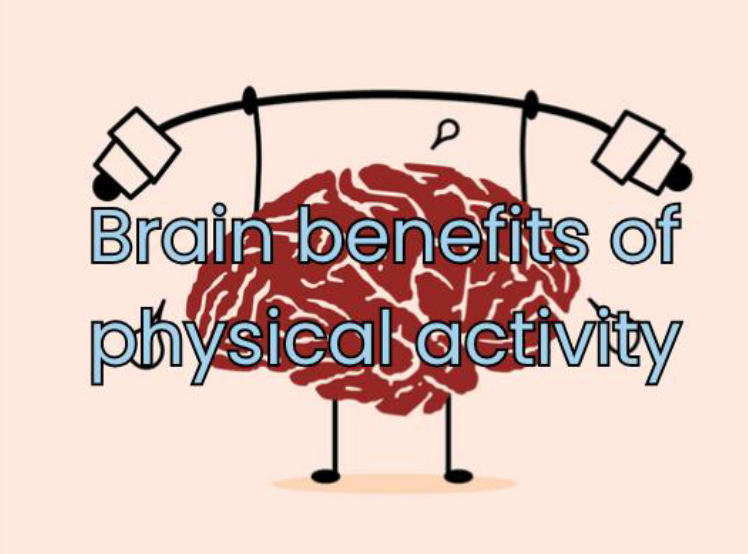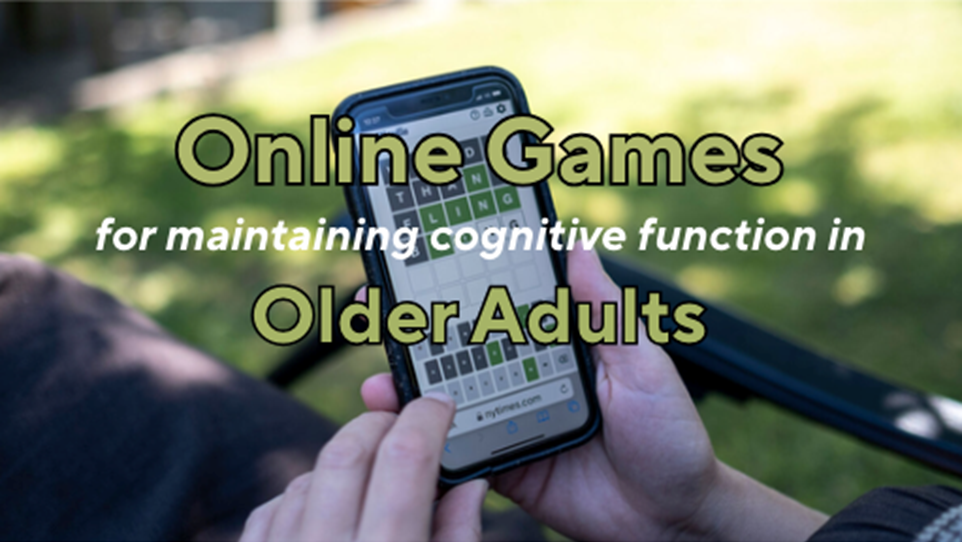Brain Building Blogs

Hoop Dancing with Shirley Hill: A Cultural Teaching and Reflection
Hoop dancing is a traditional Indigenous art form rooted in storytelling, healing, and ceremony. The hoop symbolizes the circle of life and unity. Historically, hoop dancing was practiced by various nations, including the Lakota, Anishinaabe, and Navajo, it evolved from sacred rituals into a dynamic performance style [1].

How racial identity develops in early childhood
As early as the age of two, young children can begin to notice racial differences. They are already forming ideas and preferences based on what they see around them. Although it may feel uncomfortable for parents and caregivers to discuss race with younger children, avoiding the topic can actually reinforce the very biases and stereotypes we wish to prevent. Research has shown that silence around race can send the message that these differences are either negative or not worth acknowledging (Apfelbaum, Pauker, Sommers, & Ambady, 2010). In this post, we will take a look at how exactly racial identity develops during childhood, and what caregivers can do to guide racial identity learning in a healthy and inclusive way.

How do early learning environments shape children’s development?
Did you know that the environment where young children play and learn is just as important as the activities that they do in those places? Early childhood education settings provide more than just supervision, they create spaces for children to practice critical thinking, emotion regulation, and develop social skills that will carry them through school to adulthood. Research has shown that specifically designed environments can further support brain development by providing structure, and room for children to build independence (Bronfenbrenner & Morris, 2006; Shonkoff & Phillips, 2000).

The Science Behind Boredom: Why Kids Need Down Time
In a world where everything is instant, on-demand, and always “on,” boredom has become a dreary word. For many families, a bored child feels like a crisis, something to fix with a screen, an activity, or another app. But what if we told you that boredom isn’t a problem to solve but a vital developmental tool?
Neuroscience and child psychology both point to the same truth: unstructured time is essential for developing creativity, resilience, emotional regulation, and problem-solving skills. It’s not just okay for kids to be bored; it’s good for them.

The Neuroscience Behind Manifestations and How Positive Self-Talk Can Shape Young Brains
When you hear the word manifestation, you might picture vision boards, motivational quotes, or someone saying, “Just think positive!” But what if there’s actual science behind the way our thoughts shape our reality, especially in developing brains. The truth is, there is no such thing as “reality” that your brain simply sees. Your brain is constantly constructing your experiences filtering, interpreting, and deciding what reality even is. That means the stories we tell ourselves, especially as children and adolescents, can literally rewire how we experience the world around us. Manifestation and self-affirmations tap directly into how the brain builds your internal world, and understanding the neuroscience behind this process can help us use these tools more intentionally.


Brain Benefits of Physical Activity
Physical activity is a core piece of discussions on brain development, health, and aging. This blog will discuss the benefits of physical activity for the brain, the popular question of “How much physical activity should I be getting?”, and suggestions for combining play and exercise for all ages.

Introduction to Brain Anatomy
This blog will provide a basic understanding of the anatomy of a few relevant structures of the brain to behaviour.

Animal Relationships and Social Health
What role do relationships with animals play in our cognitive health? This blog will discuss the importance of social connection, how pets can play a role, and the benefits of animal relationships for the brain.

Online Games for Maintaining Cognitive Function in Older Adults
Online games are a great option for cognition-enhancing play, but come with important considerations. Learn more in this blog about online games for maintaining cognitive funciton in older adults.

Brain Foods
This blog will explore the facts and fiction behind “Brain Foods” as well as what real additions you can make to your diet to support your brain health.

Traditional Persian Games Part 2
Traditional Persian Games Part 2 includes more Persian games to try!

Traditional Persian Games - Part 1
Learn about Persian games and new ways to play with your children and friends.

Building Brains Community Action
As this blog will highlight, we return to LHA every week (in rain or shine, snow or wind) with a team of dedicated volunteers to bring our mission and opportunities to play outdoors to LHA families. Learn more about this community program by reading this week’s blog.

Neurodiverse Play
Is there a right way to play? This blog will explore the concept of neurodiversity and its implications for play, and likewise the development of executive function.

Improving Executive Function in Everyday Life
Learning about your Executive Function skills contributes to your self-awareness which has been positively correlated to the ability to effect change.

Bilingualism: Lifelong brain benefits
Read about the incredible role of bilingualism in supporting executive function, and consider the diverse ability of acquiring a second language to alter brain outcomes.

Technology and the Developing Mind: Striking the Right Balance
Screens have become a go-to for entertainment, education, and even parenting. But is this constant exposure helping or harming our kids?

Traditional Chinese Games - Part 2
Building Brains connects with our local Chinese community to learn more about traditional Chinese games.

Traditional Chinese Games - Part 1
Building Brains participates and learns about traditional Chinese games.